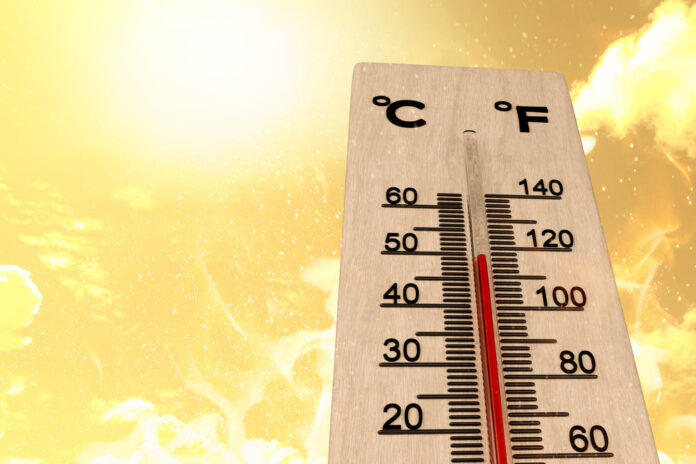When we talk about measuring the temperature in extreme situations, high-temperature thermocouples are possibly the best means of tracking temperature. These temperature trackers measure accurate temperatures in industrial works like metallurgy, ceramic, or glass manufacturing. These thermocouple sensors should not be confused with the more conventional temperature trackers. These stand up and even thrive in environments that would cause damage to traditional sensors.
Let us look at the extremely exciting pros and not-so-easy cons of using high-temperature thermocouples in extremely aggressive applications such as kilns and furnaces.
Benefits of High-Temperature Thermocouples in Harsh Environments
Exceptional Temperature Range Capability
High-temperature thermocouples specialize in extremely high or low-temperature measurements, in fact, up to 1,800°C (3,272°F). Naturally, kilns and such industries need this functionality as high-temperature ratings are essential. The standard thermocouples just can’t deliver those! High-end thermocouples utilize advanced materials, such as platinum and rhodium, to measure ultra-high-temperature ranges.
Rapid Response Times for Dynamic Environments
Although not every manufacturing process demands a known and constant temperature, the temperature of the process may actually change in quick succession on an immediate basis. To understand the temperature change in immediate means, high-temperature thermocouples are available in thin-walled or small-diameter configurations. Such sensors help in quick reactions in temperature variation.
Processes like forging and sintering require high-temperature thermocouples and demand quick reactions in temperature variations during the manufacturing process. Attaining accurate temperature changes certainly helps industries optimize processes along with a significant reduction in waste.
Durability and Longevity
High-temperature thermocouples are built of oxidization-resistant and non-corrosive materials, and they thrive and survive only when exposed to aggressive conditions. Take the high temperature thermocouples of Kamet Trading– they are great in extreme temperatures, but they also prevail when exposed to gaseous environments such as combustion. Thus, high-temperature thermocouples last for many years, whereas their counterparts can’t last one complete process cycle.
Versatile Configuration Options
High-temperature thermocouples can be mounted rigid or effectively or have flexible cable sensors for extreme conditions and lab settings. There are multiple options available for every application! Thus, engineers can buy the best type of thermocouple to configure their application accordingly.
Challenges of High-Temperature Thermocouples
Thermal Drift and Calibration Issues
Thermal drift is one of the most significant challenges. Over time, exposure to elevated temperatures may alter the thermoelectric behavior of the sensor materials, and gradual changes can result in inaccurate temperature readings. Because regular calibration is necessary to maintain accuracy, this can be logistically problematic in environments where time-intensive corrections are impractical.
Response to Environmental Factors
Although they are made to resist heated environments, high-temperature thermocouples are vulnerable to other disturbances, such as vibration, electromagnetic interference, and contaminating process materials.
Cost Considerations
Because they require specialized materials and complex manufacturing, high-temperature thermocouples may be more expensive than more conventional options. Although superior longevity may yield cost savings for organizations over time, companies with tighter budgets—such as small and mid-sized businesses—may lack the up-front funding necessary to take advantage of this technology. Deliberating over the pros and cons of implementation versus coordination financial impacts is part of a successful plan of action.
Conclusion
High-temperature thermocouples are absolutely amazing tools that can change the game in extreme applications! Their superior temperature range, rapid response times, longevity, form factor flexibility, and improved accuracy make them invaluable across industries operating near thermal limits. As with any technology solution, though, there are pros and cons—armed with information about the positives and negatives of high-temperature thermocouples, industries can make the decisions to best use technology to support productivity, safety, and quality control. Also, getting a well-made thermocouple from a top brand like Karmet Trading is a top priority. Visit Karmet Trading to request an offer.
Disclaimer: This article contains sponsored marketing content. It is intended for promotional purposes and should not be considered as an endorsement or recommendation by our website. Readers are encouraged to conduct their own research and exercise their own judgment before making any decisions based on the information provided in this article.


































